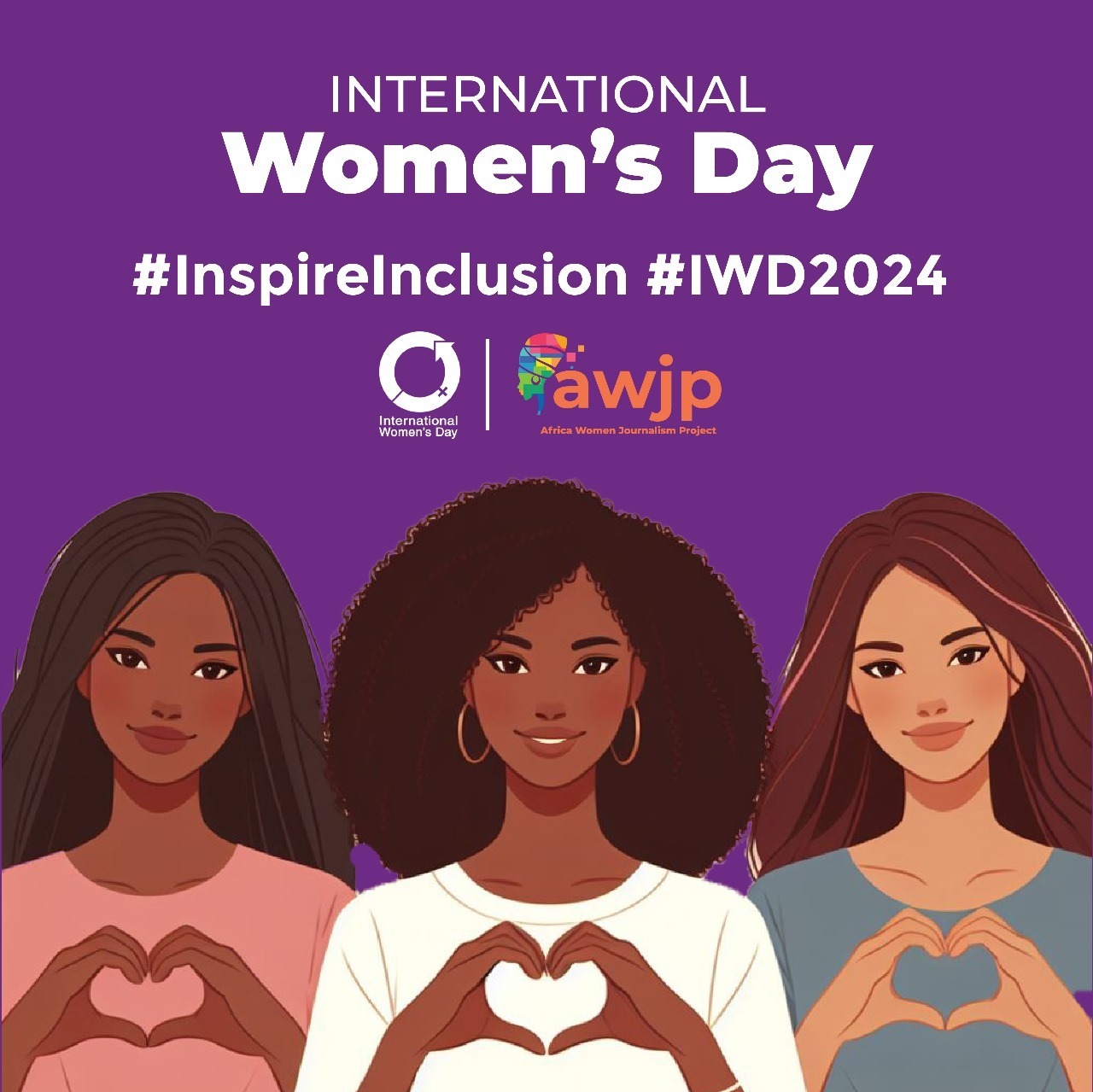In a world where media plays a crucial role in shaping narratives and perceptions, fostering an inclusive media environment is critical. For journalists, inclusion is more than just a concept but a commitment to creating environments where everyone— particularly women and other marginalised groups in society — feel valued, respected, and empowered to contribute their unique perspectives and talents.
Inclusion in media requires more than just tolerating diversity or superficial gestures towards equality; it demands a systematic and articulated strategy for diversifying talent acquisition, retaining talent and reflecting diversity and inclusion in stories produced. It’s about empowering women and other marginalised groups with opportunities for professional development and advancement. It is changing the organisational culture, creating an environment where lived experiences of women and other under-served communities are valued and shared. It actively promotes inclusion in editorial and managerial decision making and especially in the hiring of middle management and C-suite jobs. But more than that, it’s about covering stories that are unique to marginalised communities in respectful ways that do not reinforce stereotypes.
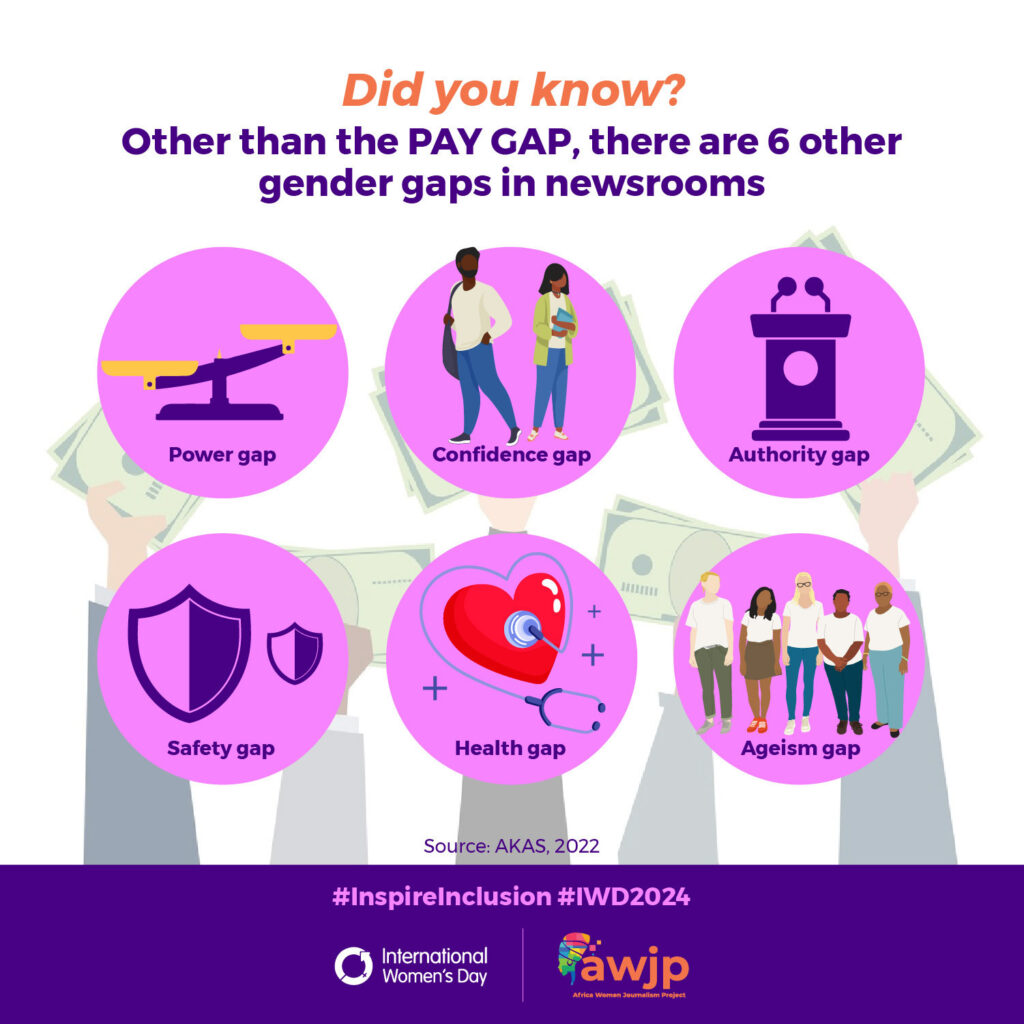
The moral argument for inclusion is also a business argument as inclusion can add value to the bottom lines as media organisations can attract new audiences. As Richard Addy, the lead quantitative researcher and author of the business case chapter in the From Outrage to Opportunity: How to Include the Missing Perspectives of Women of All Colors in News Leadership and Coverage found, closing the 11-12% news consumption gap between men and women via targeted strategic, editorial, and creative decisions across the whole news value chain could increase the global newspaper industry revenues by a cumulative $11 billion by 2027 and $38 billion by 2032.
For individual journalists, inclusion means making sure that we include different voices and perspectives in our stories. It means focusing our reporting on the structural and systemic issues that perpetuate and reinforce inequality and discrimination. Instead of focusing on surface level controversies or reactions journalists should look at the structural and systematic issues that contribute to discrimination and exclusion.
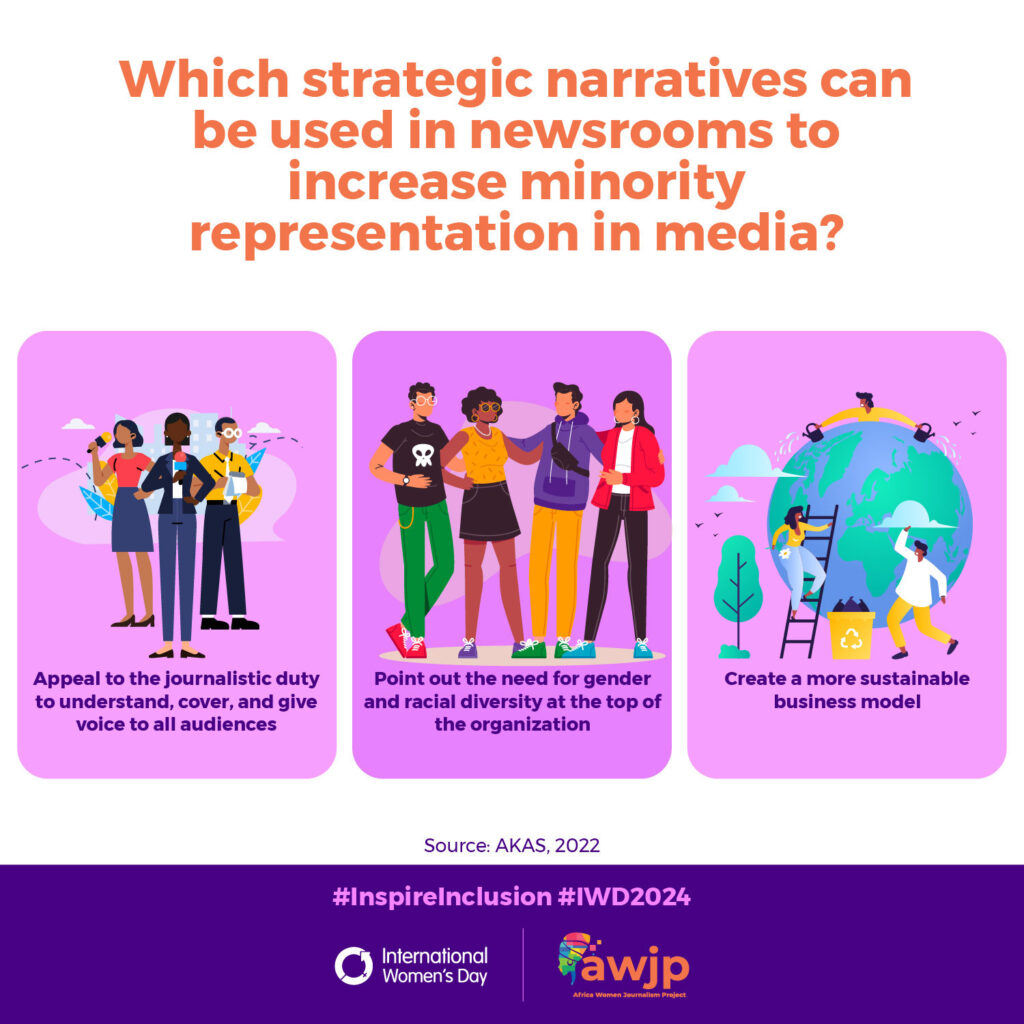
However, journalists and media organisations must be alert to the danger that exists when they pursue inclusion solely for the sake of meeting quotas or being seen to be politically correct. Ticking the inclusion boxes without actively practising inclusion can have detrimental effects on the groups being represented as it overlooks the multifaceted nature of identity and can lead to the perpetuation of harmful stereotypes.
A quick list of what journalists and media organisations can do to ensure inclusion and inspire change include but are not limited to
- Check our bias and prejudice — recognise that this is something that all of us have, whether conscious or unconscious and which can lead to discriminatory practises and exclusionary behaviour that marginalised individuals or groups.
- Build data bases of expert voices of those most affected by issues of discrimination and inequality and have this resource readily available to ensure that even with deadline crunch, they can access diverse expert sources. Actively seek out the perspectives and stories from under-represented communities and amplify their voices and interviews and articles.
- Count— how many diverse voices are included in our stories? Whose voices are being heard? How are we quoting these diverse voices? How do we present them in the story and in the visuals we use? What is the language we are using?
- Media organisations need to develop (if they don’t have one) inclusion policies which they should share with the public, set targets and time-lines when they should have to reduce discrimination and inequality whether it is in the hiring process, promotion and elevation of historically marginalised groups to decision making positions within the organisations.
- Accessibility — physical, economic, or technological barriers that limit access to inclusive environments, making it difficult for individuals with disabilities or from disadvantaged backgrounds to participate fully. Some things that news organisations can do is provide closed captioning, audio descriptions for multimedia content, video transcripts for people with disabilities to access. Ensuring their websites and digital platforms are designed with features such as alt text for images and keyboard navigations
- Journalists can inspire inclusion by writing articles or creating videos that explain how to identify and combat misinformation online. This will empower their readers to navigate the digital spaces more effectively and safely.
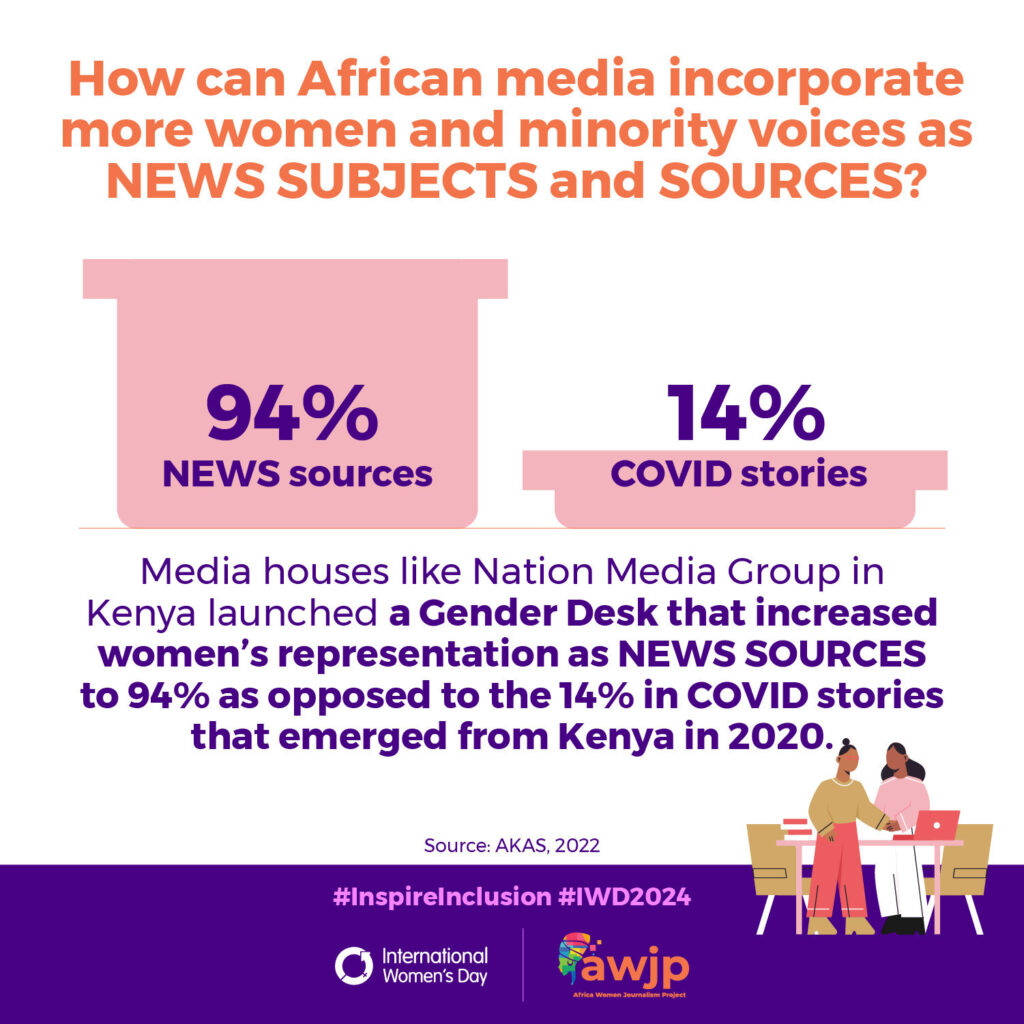
The media is crucial for shaping perceptions and fostering social change. Media organisations must be intentional in ensuring diversity, equity and representation across all its media production and consumption. It involves journalists telling stories that uplift and empower, rather than perpetuating harmful narratives. This International Women’s Day, let’s heed the call to action and strive for a media landscape that authentically reflects the world’s diversity and inclusivity.
